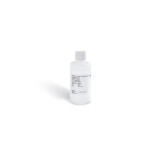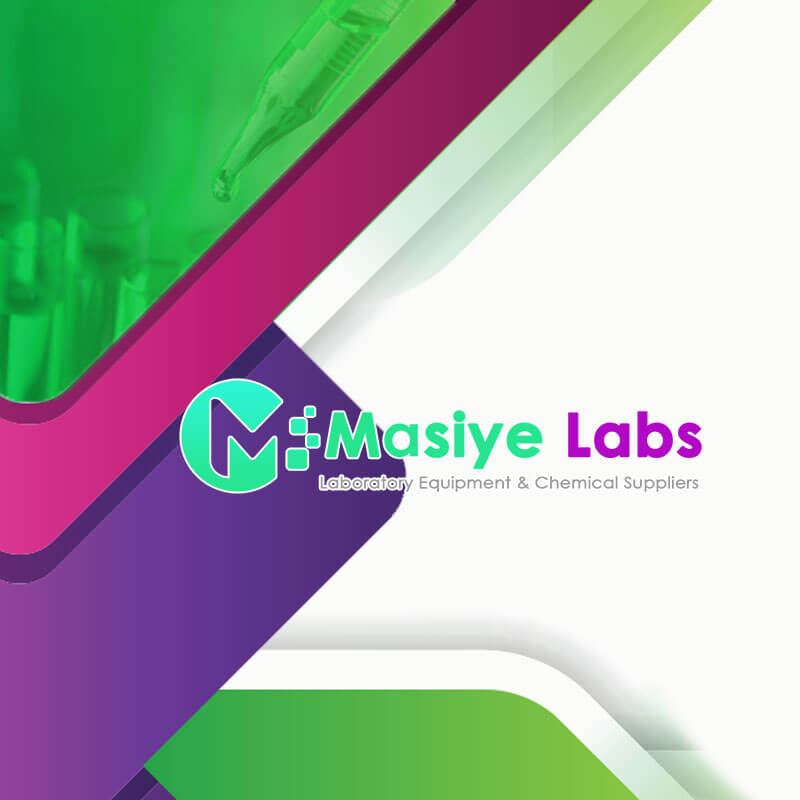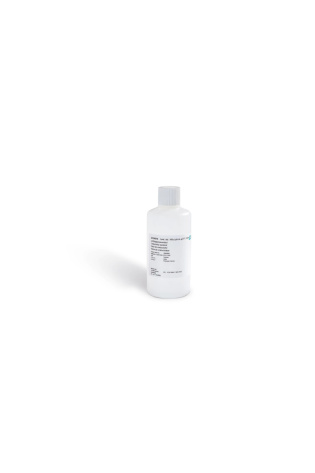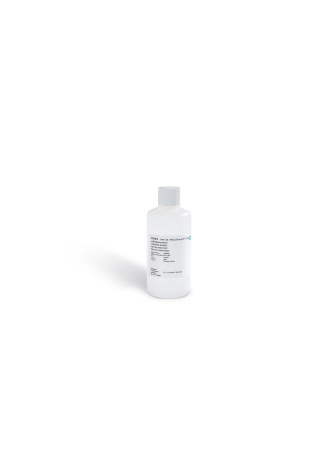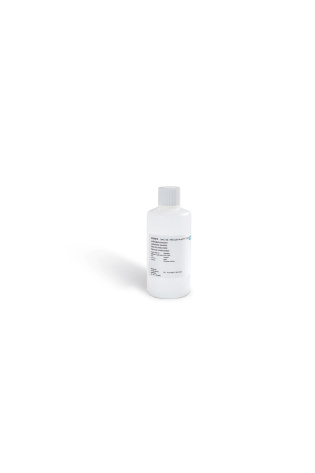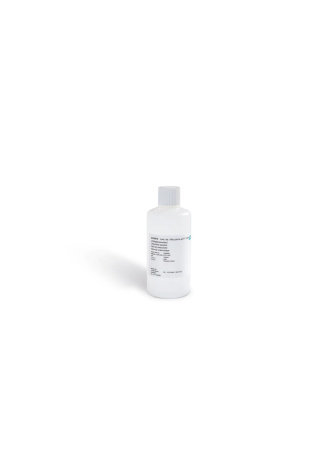Conductivity 100 μS/cm
A conductivity of 100 µS/cm (microsiemens per centimeter) is primarily used as a reference point for a standard solution to calibrate conductivity meters and probes. It is also a characteristic value for certain types of natural and process water.
Specific uses and contexts for a conductivity of 100 µS/cm:
Calibration Standard: Solutions with a certified conductivity of 100 µS/cm are essential for ensuring the accuracy and reliability of conductivity sensors and meters in both laboratory and field settings.
Water Quality Testing: This level of conductivity is within the range of many fresh waters and some potable (drinking) water supplies, which typically range from 50 to 1500 µS/cm. For instance, some fresh drinking water can have less than 100 µS/cm.
Environmental Monitoring: It is used in environmental studies and monitoring of surface water and groundwater to assess the concentration of dissolved ionic materials.
Specific Industrial Applications:
Pharmaceuticals: Used in process water consumables for certain pharmaceutical applications.
Emulsion Preparation: In industrial processes for preparing certain emulsions (like margarine or fat spreads), one liquid phase may be required to have an electrical conductivity of less than 100 µS/cm.
Low-Conductivity Water Analysis: It is a relevant value when analyzing low-conductivity waters (e.g., for pH measurements or alkalinity titrations) where specific procedures and standards are needed for accurate analysis.
In general, measuring conductivity helps monitor quality in various applications, including aquaculture, boiler water, cooling water, and wastewater treatment.
Conductivity 100 μS/cm Applications:
- conductivity measurements are used to monitor quality in public water supplies, in hospitals, in boiler water and industries which depend on water quality such as brewing.
Conductivity 100 μS/cm


